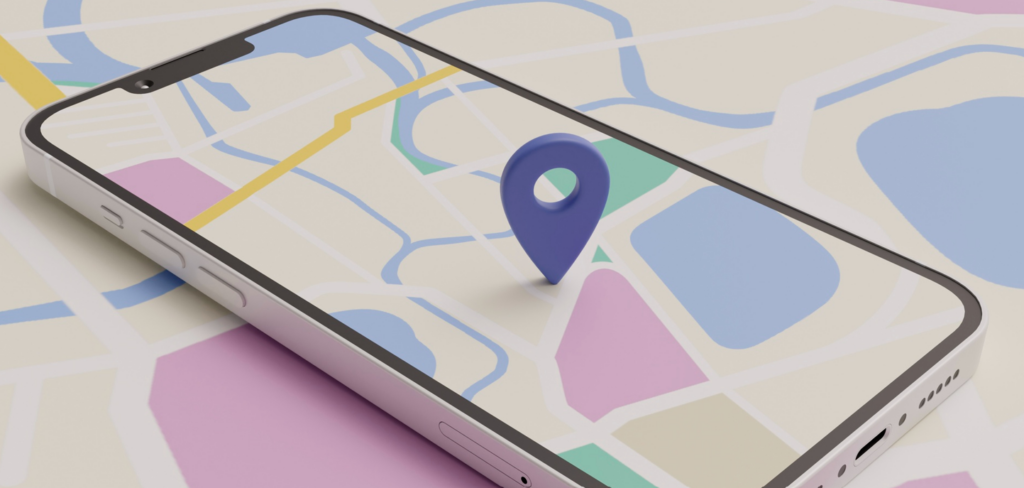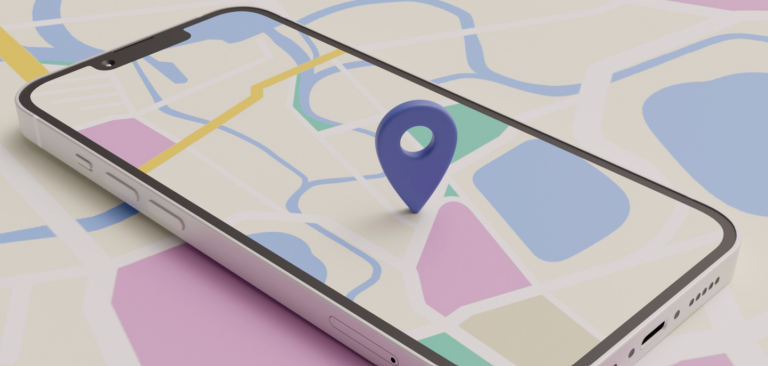It used to be about speed when using a navigation app to get from point A to point B. However, by slightly rearranging priorities, Google Maps now promotes something incredibly powerful: the capacity to travel with consideration—without sacrificing convenience or time. Its environmentally friendly routing feature is subtly changing how people make daily travel decisions by assisting them in reducing emissions and strategically navigating traffic.
Through the integration of energy consumption estimates, real-time traffic patterns, and even engine-specific efficiencies, Google Maps provides users with routes that are not only highly efficient but also remarkably clear in terms of their environmental value. The green leaf symbol is one example of a subtle design cue that encourages users to think about how their route affects more than just their clock.
Eco-Friendly Features in Google Maps
| Feature | Description |
|---|---|
| Eco-Friendly Routing | Suggests routes that reduce fuel or energy consumption |
| Engine Type Settings | Allows you to specify gas, diesel, hybrid, or electric |
| Green Leaf Icon | Marks the most sustainable route when options are available |
| Real-Time Traffic Awareness | Adjusts to congestion to avoid high-emission delays |
| Public Transport Integration | Recommends train, metro, and bus options |
| Cycling & Walking Routes | Encourages human-powered travel where safe |
| Fuel & Energy Estimates | Displays potential savings and CO2e impact |
| Trusted Data Sources | Uses data from US DoE and EU Environment Agency |
| Business Integration | Enables sustainable routing via Google Maps API |
| Verified Source | support.google.com/maps/answer/11470237 |
Efficient navigation has gained greater significance in recent years. Google Maps now determines the most environmentally friendly routes by incorporating energy consumption for electric vehicles and ideal acceleration for hybrids, thanks to strategic alliances and ongoing research. This engine-aware routing may not seem revolutionary at first glance, but it is much more intelligent underneath.

The system optimizes travel for both fuel and terrain by using user input regarding engine type, whether it be gas, diesel, hybrid, or electric. Diesels are more economical on highways, but hybrids are better in stop-and-go situations. Maps’ reasoning reflects this subtlety, providing users with a routing experience that is surprisingly intuitive and feels carefully customized.
Google Maps can be a silent partner in sustainable change for city commuters, providing more than just a cleaner route. The app regularly encourages users to use bike lanes or public transportation routes in cities like Amsterdam or San Francisco, particularly when they are noticeably quicker or less crowded. These automated but optional choices show a careful balancing act between suggestion and choice.
The potential impact on society is very evident. In addition to helping individuals, Google is also supporting citywide climate goals and aligning with emissions targets by promoting routes that reduce carbon output without requiring lifestyle changes. It feels refreshingly contemporary to learn by doing rather than being told in this passive style of green education.
Many people started using bikes and walking as their main modes of transportation during the pandemic, when city streets became silent. The digital reinforcement of that change in behavior is still evident. Even as traffic returns, Google now shows transit options next to driving options, promoting a more thoughtful approach to mobility.
These kinds of tools are becoming essential in the context of climate policy. With policies supporting zero-emission transportation zones, European cities are spearheading the shift. Incentives for EV adoption are increasing in the United States. In line with these changes, Google Maps serves as a digital platform that enables users to engage in sustainability without requiring extra work.
The navigation app has been systematically updated to become an active sustainability partner rather than a passive assistant. Younger users who value the environment but also need useful tools that fit into their hectic schedules will find it especially helpful. Their feedback loops help Google improve routing logic with practical behavior, reinforcing product evolution.
Today’s eco-routing interface is noticeably better than previous iterations, being faster, cleaner, and more transparent. Instead of searching through submenus or looking for hidden toggles, you can quickly compare time and fuel efficiency. The interface design follows a trend that is becoming more and more prevalent in the tech industry: intelligent defaults supported by sophisticated analytics.
Google introduces a concept that was previously unknown to regular travel by incorporating emissions estimates: carbon consciousness on demand. What used to be necessary spreadsheets and emission calculators now appear on your screen as a straightforward visual indicator that helps you make impact-aware decisions in less than a second.
This feature also draws attention to a cultural shift in big tech—where ecological responsibility and user experience meet—through strategic innovation. Similar to Tesla’s regenerative route planning or Apple’s carbon-neutral initiatives, Google’s incorporation of eco-routing demonstrates that design can inspire, inform, and guide without being coercive.
Routing will change beyond destination logistics as digital tools become more flexible and personalized. Google may soon combine user behavior patterns and sustainability scores, providing rewards or gamification for consistently making environmentally friendly choices. It’s probably a step toward a time when responsible travel will be rewarded with benefits beyond fuel savings.
